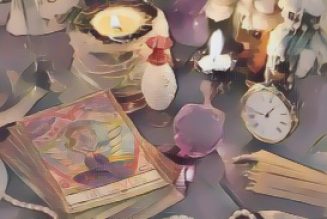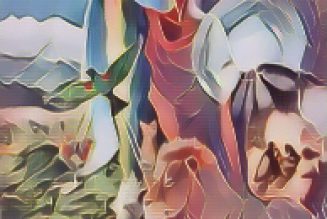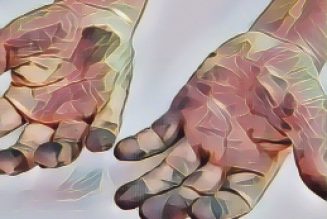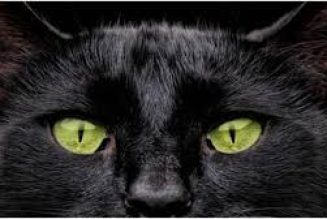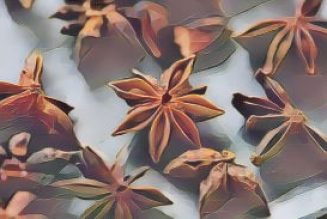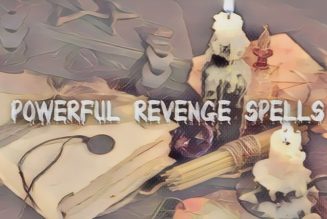Cleavers, or Galium aparine, is a plant that weaves itself into the very fabric of folklore, herbalism, and magic. Its slender, square stems—bristling with tiny hooked hairs—cling to everything they touch, earning it a host of folk names: “sticky willy,” “goosegrass,” and “catchweed.” In the wild, you’ll find cleavers sprawling across hedgerows, woodland edges, and meadows, its narrow, lance-shaped leaves arranged in whorls, and its delicate, star-shaped white flowers peeking shyly from the leaf axils. (short pause) In the early morning, dew glistens on its tangled stems, and its tiny, round seed pods—covered in hooks—hitch rides on passing animals and foragers alike, ensuring the plant’s persistence across the landscape.
Cleavers has a long and storied history in traditional herbalism. Ancient Greek physicians praised it for its cooling and cleansing properties, and medieval herbalists used it as a gentle diuretic and lymphatic tonic. In the spring, country folk would gather fresh cleavers to brew a “spring cleanse” tea, believed to flush out winter’s stagnation and awaken the body’s natural vitality. The plant’s juice was once applied to wounds and burns, and a poultice of cleavers was a common remedy for skin irritations, swelling, and even sunburn. (pause) In some rural traditions, cleavers was used to strain milk, its sticky stems forming a natural sieve—a practical use that hints at its binding nature.
In the magical realm, cleavers is a plant of connection, protection, and resilience. Its entwining stems are a living metaphor for unity and the bonds that tie us together. Folklore tells of cleavers being woven into garlands and hung above doorways to trap wandering spirits or ill luck before they could enter the home. In parts of Ireland and Scotland, it was believed that a handful of cleavers placed under the pillow would protect sleepers from nightmares and night hags. (short pause) Some cunning folk would tuck cleavers into their shoes before embarking on a journey, trusting the plant to keep them safe and guide them home.
Cleavers is especially potent in binding spells and rituals of commitment. Its natural tendency to cling makes it a powerful ally for magic involving loyalty, reconciliation, and the strengthening of relationships. To perform a binding spell, practitioners might braid fresh cleavers stems into a small wreath, focusing on the intention to unite two people, ideas, or energies. This charm could be placed on an altar, carried in a pouch, or buried at the threshold of a home to reinforce bonds and ensure steadfastness. (pause) In love magic, cleavers is added to sachets, ritual baths, or even drawn in sigils to symbolize the desire for lasting connection and the mending of rifts.
Beyond its role in relationships, cleavers is a symbol of persistence and adaptability. It thrives in challenging environments, clinging to life wherever it finds purchase. In spellwork, cleavers can be used to help overcome obstacles, break through stagnation, or support personal growth. Some witches craft protective charms from dried cleavers, tying the stems with green or red thread and hanging them above doorways or windows to ward off harm and invite only positive influences. (short pause) In times of transition, a sprig of cleavers on the altar can serve as a reminder to hold fast to what truly matters, even when the path ahead is uncertain.
Lesser-known folklore tells of cleavers being used to divine the future. In some regions, young people would toss cleavers at their clothing or hair—if the plant stuck, it was said to be a sign of good luck or a coming romance. In other tales, cleavers was gathered at dawn on Midsummer’s Day and woven into wreaths to ensure prosperity and protection for the household. (pause)
In practical herbalism, cleavers remains a gentle yet powerful ally. Its fresh juice is still used by some to soothe inflamed skin, and its tea is valued for supporting the lymphatic system and promoting detoxification. The plant’s resilience and adaptability make it a favorite among wildcrafters and green witches, who see in cleavers a living lesson in tenacity and the magic of connection. (short pause)
Whether crafted into charms, woven into wreaths, or simply placed on a witch’s altar, cleavers reminds us of the strength found in unity, the power of persistence, and the enchantment of holding fast to what truly matters. Its story is one of resilience, resourcefulness, and the quiet magic that grows wild at the edges of our world.
























